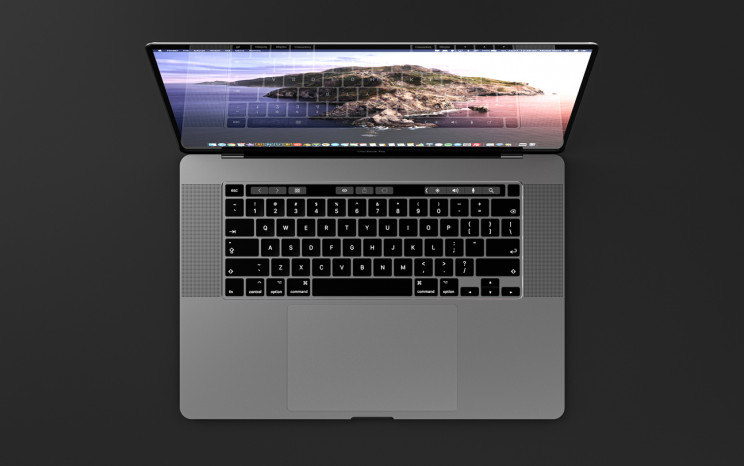Marcia Wendorf writes that early adopters of M1 devices might have to suffer for a bit of time before developers catch up. M1 will need some time to catch up with gaming. Hopefully that will change as developers migrate their apps to the Arm architecture. Apple is well known for optimizing its software and hardware to create what its fans consider to be unmatched performance.
Apple’s new Macbook Pro is coming with the M1 is an 8-core processor, with four performance cores, and four efficiency cores that are only used during peak performance.
M1 has several unique features. It is manufactured using the cutting-edge Taiwan Semiconductor Manufacturing Company’s (TSMC) 5 nm (nanometer) process for creating transistors, which is superior to both AMD’s 7 nm process and Intel’s 10 nm manufacturing process. A nanometer is a billionth of a meter, and the smaller the transistor, the more can be packed onto a single chip.
The M1 has unified Random Access Memory (RAM) that allows for blazingly fast data transfer, and it comes with an 8-core Graphics Processing Unit (GPU) that in many cases offers superior graphics to that of the Intel Xe Graphics processor, which is used in Intel’s 11-Gen processors. The M1 also comes with a 16-core Neural Engine for machine learning, and Artificial Intelligence-related tasks.
The Tech giants Microsoft, Google, and Amazon seem to be interested in the low-power features of the M1, which would be especially beneficial for use in servers. Microsoft, Google, and Amazon may try to develop their own chips. Microsoft and AMD is supposedly already collaborating on their own ARM-based chips.
Want a side by side comparison between the M1 and Intel and AMD chips? [Read More]
